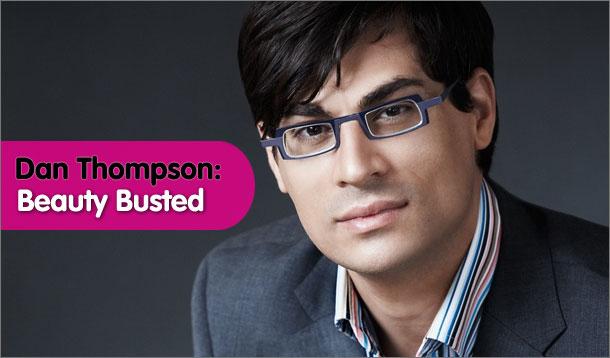
These are two terms found on many cosmetics packages that should be ignored: Dermatologist Tested and Clinically Proven
Dermatologist Tested: This term provides absolutely no indication as to the safety of a cosmetic product yet is used to give credibility to a formula. Even is as much to imply a medical safety that does not actually exist. It actually creates an illusion of some sort of medical testing.
Quite literally all that is needed, in order to make this claim, is for a single dermatologist to apply the finished product to their own skin (the back of their hand is all that is required) or on a single person. If no reaction is documented then the product can carry the label of dermatologist tested. Yep that's it. And note a reaction can happen and the product will still receive the label - the language of the labelling laws says "no reaction documented" - so if one does happen all the dermatologist has to do is not document it and the same labelling as if there was no reaction at all can be applied.
One guess as to who pays the dermatologist for this test—yep the cosmetic company selling the product.
Clinically Proven: This is another misleading term. It gives the illusion that some sort of controlled study was done to prove the results being advertised.
If that is the case where is all the published data of these clinical studies? There is none because "clinically proven" does not mean "clinical trial." It is simply marketing term to imply a level of sophisticated study that was never actually performed.
A clinical trial requires several factors to be scientific:
1. Double Blind Controls—which means both the administrator and the subject are unaware of the desired results of the administered product. Double blind controls help remove any unconscious bias, of the test subjects and the test administrators, thus providing real feedback.
2. Placebo Controls—placebo controls allow for the removal of emotional repossess. It is possible for a subject to report results that do not actually happen simply because they want the results to happen. Placebos allow such errors to be eliminated immediately.
3. Number of Subjects—cosmetics companies are notorious for using very small samples (less than 50 people) to create statistics. However, percentages are determined by volume of participants. They can dramatically drop when spread over large groups of participants. To have an accurate sense of a product's results the test group should be in the thousands. The more participants the more accurate the data.
Peer Review: real trials must be evaluated by independent sources (like a university) where they can recreate the trail and achieve the same results. Without this crucial step a trial is really quite worthless from a scientific perspective.